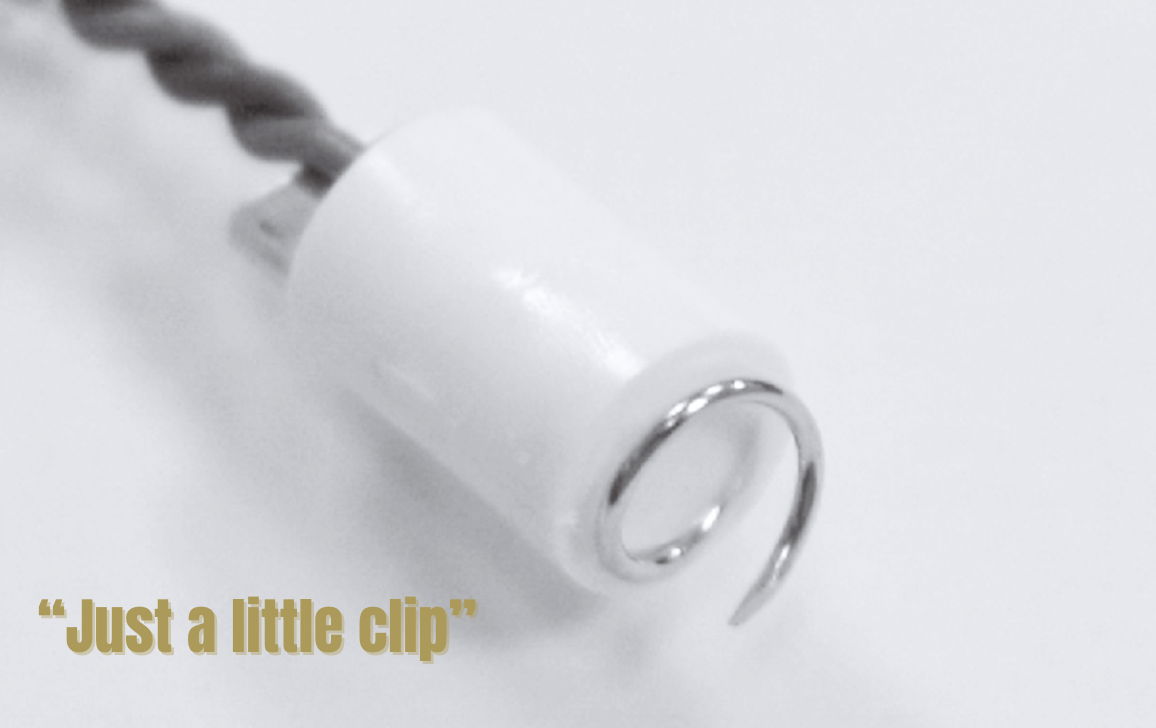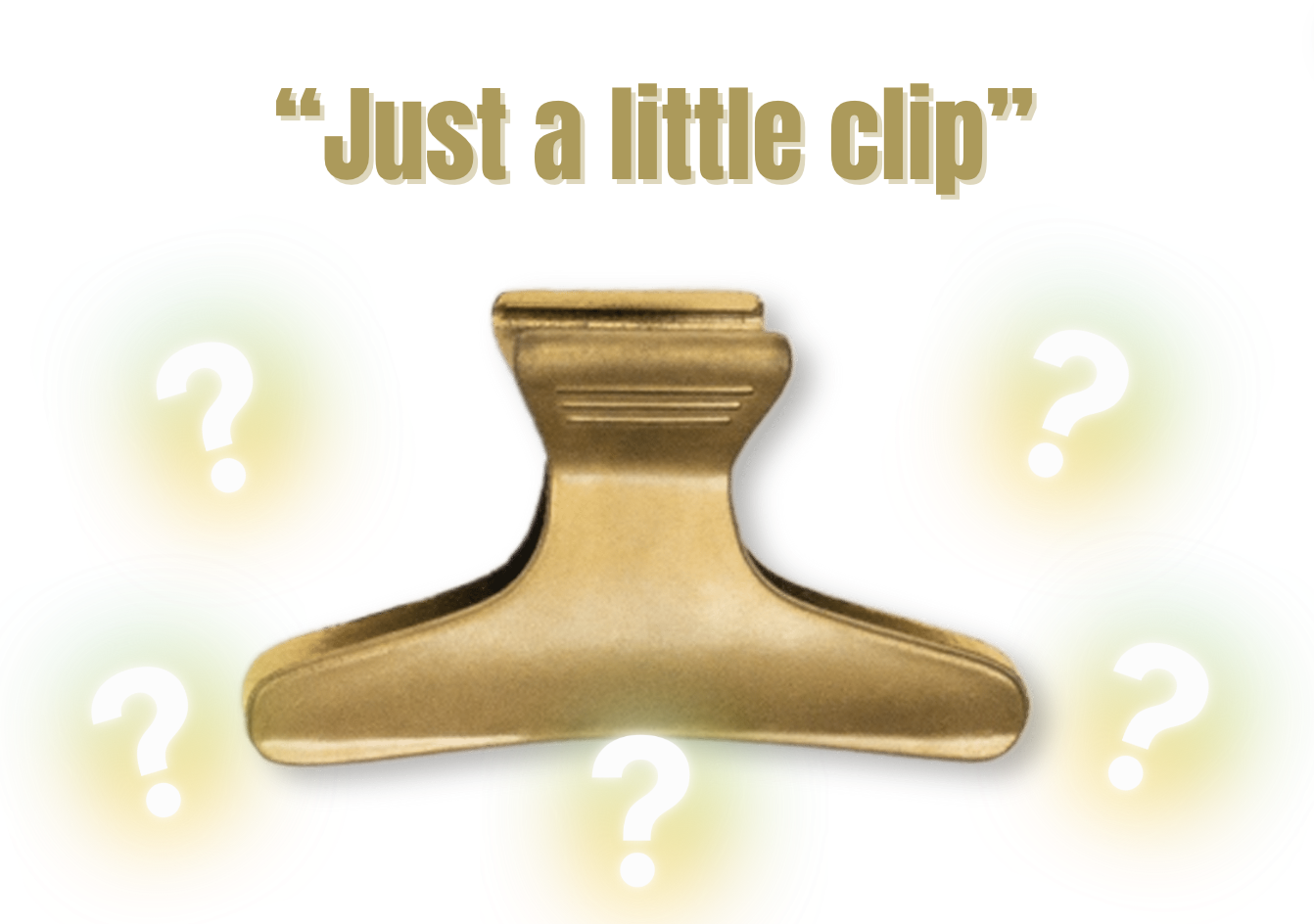Understanding Fetal Scalp Electrodes: ‘Just a little clip”
In the journey of childbirth, it’s essential for both parents and holistic birth workers to have a deep understanding of the various medical interventions that might be proposed in a hospital setting. One such intervention is the use of fetal scalp electrodes (FSE). While often presented as a benign procedure with the phrase, “I’m just going to put a little clip on the baby’s head,” the implications of this practice warrant a closer examination to ensure informed consent is genuinely informed.
What is a Fetal Scalp Electrode?
A fetal scalp electrode is a small device attached directly to the baby’s scalp to monitor the heart rate during labour. This monitoring method is considered more accurate than external methods such as cardiotocography (CTG), which measures the fetal heart rate through the mother’s abdomen. CTG is a non-invasive method but can sometimes give inaccurate readings due to movement or other factors. FSE aims to provide a continuous and precise heart rate reading during labour.
Why is it Used?
The primary reason healthcare providers use fetal scalp electrodes is to get a clear, continuous reading of the fetal heart rate, especially in situations where external monitoring fails to provide accurate data. The detailed heart rate patterns obtained via FSE can help in diagnosing potential distress and making decisions regarding the need for interventions such as cesarean sections.
The Reality Behind the Use of FSE
Despite its intended benefits, the use of fetal scalp electrodes is not without controversy. Contrary to what might be expected, the application of FSE does not significantly reduce the risk of cerebral palsy, neonatal death, or admission to the Neonatal Intensive Care Unit (NICU) more effectively than monitoring with a hand-held Doppler. Moreover, a study published in the American Journal of Obstetrics and Gynecology (AJOG) raised concerns about its safety. It revealed that FSE is associated with an increased risk of scalp injuries, serious complications like subdural and cerebral hemorrhage, subgaleal hematoma, and cephalohematoma, especially when vacuum extraction is used in conjunction with FSE.
“Just a little clip”
Often described simplistically as “a little clip” attached to the baby’s head, this description significantly understates the invasiveness of the procedure. In reality, the fetal scalp electrode is not merely a clip but rather a small, spiral-shaped electrode that is actually screwed into the baby’s scalp to secure it in place.

This electrode is designed to penetrate the outer layer of the baby’s skin to establish a direct connection with the scalp, allowing for continuous monitoring of the fetal heart rate. The purpose behind this direct contact is to obtain a clear, consistent signal that reflects the baby’s heart rate and rhythm.
The process of attaching the electrode involves reaching reach the baby’s presenting part (usually the head) during dilation. Then, using a specialised applicator, the provider carefully screws the electrode into the baby’s scalp. While the procedure is designed to be as safe as possible, it’s important to acknowledge that it is more invasive than external monitoring methods, such as those involving ultrasound or Doppler devices placed on the mother’s abdomen.
The use of the term “clip” may inadvertently minimise the invasiveness of the procedure and the potential discomfort or risks associated with it, such as scalp lacerations, infection, or rarely, more severe scalp injuries. It’s crucial for healthcare providers to offer a transparent and accurate description of the procedure to expectant parents. This ensures that when consent is given, it is truly informed, with a clear understanding of the benefits and risks involved.
The Risks Associated with FSE
- Injury to Baby’s Head: The direct attachment of the electrode to the baby’s scalp can cause local trauma, including cuts or lacerations.
- Painful for the Baby: While the narrative says it’s challenging to assess pain in newborns, I am going to ignore that insanity that we could even entertain the prospect that a baby can’t feel pain. The invasive nature of this procedure suggests it could cause a great deal of discomfort or pain.
- Increased Risk of Sepsis: Breaking the skin barrier increases the risk of infection for both the mother and the baby, leading to a heightened risk of sepsis.
- Increased Risk of Cesarean Section: The reasons behind this correlation are complex and multifaceted but highlight the need for cautious application of FSE.
- Serious Complications: As noted, the use of FSE, particularly with vacuum extraction, significantly raises the risk of severe scalp and brain injuries.
Making Informed Choices
For holistic birth workers and parents, the decision to consent to the use of fetal scalp electrodes should be based on a comprehensive understanding of both its potential benefits and risks. Birth workers should ensure that parents are presented with all the information in a clear, unbiased manner, emphasising the right to ask questions and seek alternatives.
Parents, on your part, remember that you are entitled to decline any intervention. It’s crucial to engage in open dialogues with your healthcare providers, asking questions like:
- Why is the use of a fetal scalp electrode recommended in my case?
- What are the potential risks and benefits for my baby and me?
- Are there alternative monitoring methods that could be considered?
Conclusion
The journey of childbirth is a deeply personal and transformative experience. Every decision made along this journey should be rooted in respect, informed consent, and the empowerment of the parents-to-be. By understanding the intricacies of interventions like fetal scalp electrodes, holistic birth workers and parents can collaborate to ensure that every aspect of childbirth is approached with care, consideration, and a shared commitment to the well-being of both mother and child.
For those passionate about delving into the depths of birth work and aspiring to become professional birth keepers without the extensive, expensive and over medicalised, three-year midwifery training, we invite you to explore our innovative approach. Register for our complimentary taster session and discover if our one-year Birth Keeping course aligns with your vision. This program is designed for women who dream of empowering other women to make autonomous decisions in a non-clinical setting, offering a transformative journey into the heart of birth support. Join us in our mission to change the world, one birth at a time, and see how you can contribute to a global change that respects, honours, and uplifts women throughout their birthing journey.




